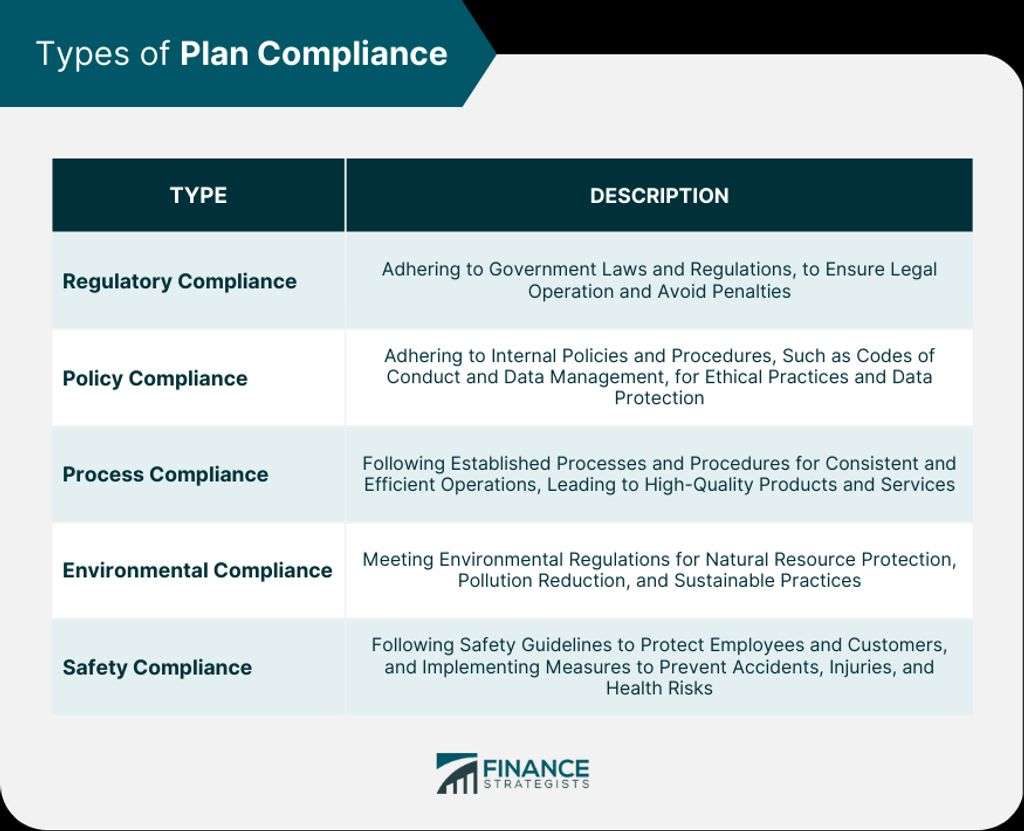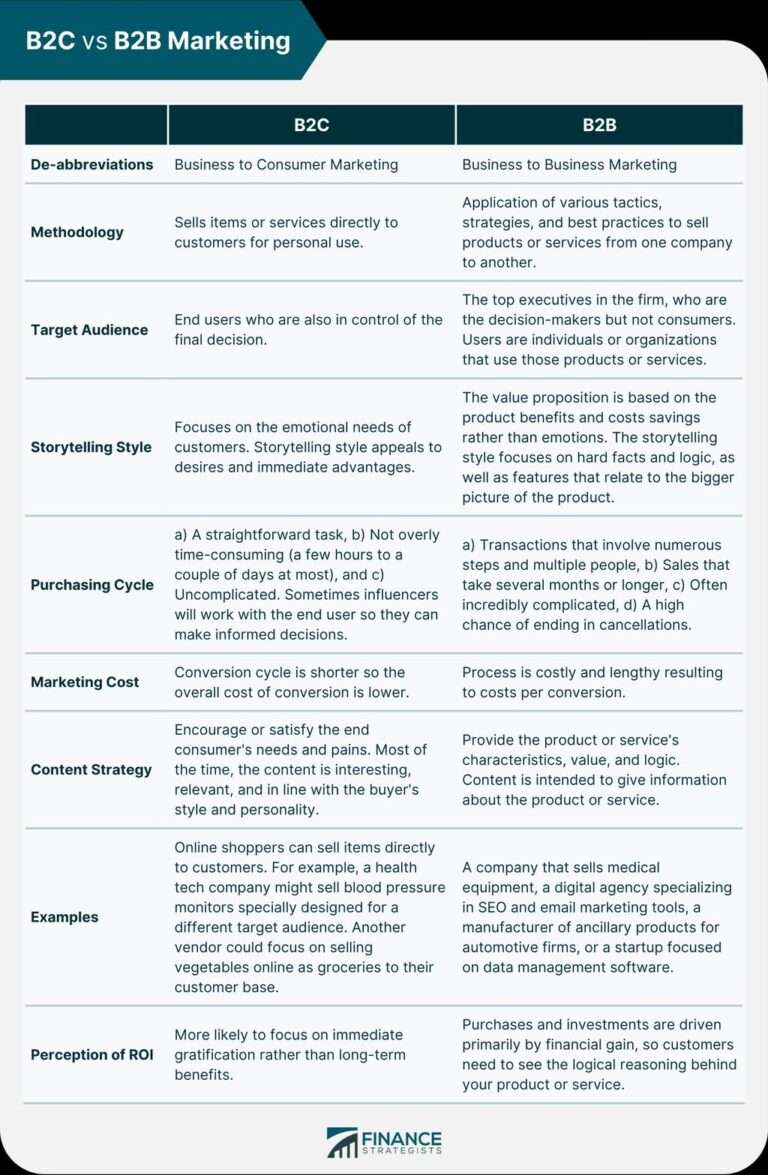What is Content Compliance and Regulation?
Overview
What is content compliance and regulation?
Content compliance and regulation refers to the set of rules and guidelines that govern the creation, distribution, and management of digital content. It encompasses various aspects such as data protection, content moderation, and adherence to legal and industry standards. Compliance with these regulations is crucial for organizations to ensure the security, privacy, and integrity of their content. It involves implementing policies, procedures, and technologies to ensure that content meets the required standards and does not violate any laws or regulations. By adhering to content compliance and regulation, organizations can mitigate risks, protect their reputation, and build trust with their users and customers.
Importance of content compliance and regulation
Content compliance and regulation are crucial for ensuring that organizations adhere to legal and ethical standards in their content creation and distribution. Compliance with these regulations helps protect user data, maintain trust with customers, and mitigate legal risks. Additionally, content compliance and regulation promote fairness, accuracy, and accountability in the digital landscape. By implementing robust compliance frameworks and staying up-to-date with regulatory requirements, organizations can proactively address potential issues and maintain a positive reputation. Failure to comply with content regulations can result in severe consequences, including fines, legal action, and damage to brand reputation. Therefore, prioritizing content compliance and regulation is essential for organizations to thrive in today’s digital age.
Key stakeholders in content compliance and regulation
When it comes to content compliance and regulation, there are several key stakeholders involved. These stakeholders play a crucial role in ensuring that content meets the necessary standards and adheres to the applicable regulations. Some of the key stakeholders include content creators, platform providers, regulatory bodies, and users. Content creators are responsible for producing and publishing content, while platform providers are responsible for hosting and distributing the content. Regulatory bodies set the rules and guidelines that content must adhere to, and users consume the content. Collaboration and cooperation among these stakeholders are essential to ensure effective content compliance and regulation.
Content Compliance Frameworks
Common content compliance frameworks
Content compliance frameworks provide organizations with a structured approach to ensure compliance with various regulations and standards. Some common content compliance frameworks include ISO 27001, NIST Cybersecurity Framework, and GDPR. These frameworks outline the necessary controls and processes that organizations should implement to protect sensitive data, ensure data privacy, and mitigate risks. By adopting these frameworks, organizations can establish a solid foundation for content compliance and effectively manage their regulatory obligations.
Implementing a content compliance framework
Implementing a content compliance framework is a crucial step for organizations to ensure that their content meets regulatory standards and guidelines. This involves creating and implementing policies, procedures, and technologies to monitor and control the content that is published or shared. A content compliance framework typically includes elements such as content moderation, user data protection, and adherence to specific industry regulations. However, implementing a content compliance framework can be challenging, as it requires a comprehensive understanding of the organization’s content, the regulatory landscape, and the technology solutions available. Organizations must also consider the scalability and flexibility of their framework to adapt to evolving compliance requirements and emerging technologies.
Challenges in content compliance framework implementation
Implementing a content compliance framework can be a complex and challenging task. Ensuring alignment with regulatory requirements and industry standards is crucial. Organizations may face difficulties in defining clear guidelines for content compliance, training employees on compliance procedures, and keeping up with rapidly evolving regulations. Additionally, balancing the need for effective content moderation while respecting user privacy and freedom of expression can pose challenges. It is important for organizations to regularly review and update their compliance framework to address emerging challenges and mitigate potential risks.
Regulatory Requirements
Understanding regulatory requirements
When it comes to understanding regulatory requirements, organizations must have a comprehensive knowledge of the laws and regulations that govern their industry. This includes data protection regulations such as the General Data Protection Regulation (GDPR) and the California Consumer Privacy Act (CCPA), which aim to protect individuals’ personal information. Additionally, organizations must also address content moderation regulations that govern the type of content that can be published or shared. By staying up-to-date with these regulatory requirements, organizations can ensure they are in compliance and avoid potential legal and reputational risks.
Complying with data protection regulations
When it comes to data protection regulations, organizations must ensure that they have robust measures in place to protect the privacy and security of user data. This includes implementing encryption techniques, access controls, and data retention policies. Organizations should also conduct regular data protection impact assessments to identify and mitigate any potential risks to user data. Additionally, it is important for organizations to have clear data breach notification processes in place to promptly inform users in the event of a breach. By prioritizing compliance with data protection regulations, organizations can build trust with their users and avoid costly penalties.
Addressing content moderation regulations
When it comes to addressing content moderation regulations, organizations need to have robust systems in place to ensure compliance. This includes implementing automated content moderation tools that can help identify and remove prohibited content, such as hate speech, violence, and illegal activities. Additionally, organizations should establish clear content moderation policies that outline the guidelines and procedures for reviewing and moderating user-generated content. By actively monitoring and addressing content moderation regulations, organizations can create a safe and compliant online environment for their users.
Conclusion
The importance of navigating content compliance and regulation
Navigating content compliance and regulation is crucial for businesses and organizations to ensure they meet legal and ethical standards in their content creation and distribution. Compliance with content regulations helps protect users from harmful or inappropriate content, safeguard sensitive data, and maintain trust and credibility in the digital space. It also helps businesses avoid legal repercussions and financial penalties. By implementing robust content compliance frameworks and staying up-to-date with regulatory requirements, organizations can effectively manage content moderation, data protection, and other compliance challenges. Adhering to best practices in content compliance and regulation is essential for long-term success and growth in today’s highly regulated digital landscape.
Best practices for content compliance and regulation
When it comes to content compliance and regulation, there are several best practices that organizations should consider. Firstly, it is crucial to establish a comprehensive content compliance framework that aligns with industry standards and regulatory requirements. This framework should include clear guidelines and processes for content moderation and data protection. Regular training and education for employees on content compliance and regulation is also essential. Additionally, organizations should regularly review and update their content compliance policies to adapt to evolving regulations. Finally, implementing robust content monitoring and auditing mechanisms can help ensure ongoing compliance with regulatory requirements. By following these best practices, organizations can navigate the complex landscape of content compliance and regulation more effectively.
Future trends in content compliance and regulation
As technology continues to evolve, the landscape of content compliance and regulation is also expected to undergo significant changes. Artificial Intelligence (AI) and machine learning algorithms are likely to play a crucial role in automating content moderation and ensuring compliance with regulations. Additionally, the rise of blockchain technology may provide new solutions for verifying and validating content authenticity. However, with these advancements come new challenges, such as the need to balance automation with human oversight and the potential for biases in AI algorithms. It will be essential for organizations to stay updated with emerging technologies and regulatory developments to effectively navigate the future of content compliance and regulation.









 العربية
العربية Čeština
Čeština Dansk
Dansk Nederlands
Nederlands English
English Suomi
Suomi Français
Français Deutsch
Deutsch Italiano
Italiano 日本語
日本語 한국어
한국어 Norsk bokmål
Norsk bokmål Polski
Polski Português
Português Русский
Русский Español
Español Svenska
Svenska